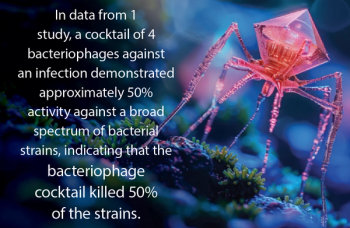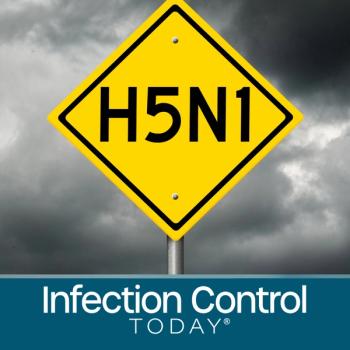
They’re Back: In Face of Omicron, Hand Hygiene, Social Distancing, Masking Needed
The World Health Organization warns that vaccines alone won’t protect health care systems from being swamped.
As long as COVID-19 can mutate into different strains—scientists around the world scramble to get a better reading about Omicron, which nobody had even heard of a month ago—social distancing, hand hygiene, and masking will apparently always be the old reliables.
The latest—but still far from definitive—clinical data show that Omicron presents with less severe symptoms than previous variants, including the for-now dominant Delta. The preliminary data also show that vaccines are effective to some degree (scientists are still measuring just how much) against Omicron. But as Tedros Adhanom Ghebreyesus, the general director of the World Health Organization (WHO), put it during a
Saskia v. Popescu, PHD, MPH, MA, CIC, a member of Infection Control Today®’s (ICT®’s) Editorial Advisory Board, says that the double threat from Omicron and Delta demonstrates why infection preventionists and other health care professionals on the frontlines can never let their guard down. “Our attention to Omicron should not diminish the continued threat of Delta, but rather serve as a reminder that in infection prevention, we must face and prepare for future infectious disease challenges,” Popescu said.
The
The WHO says that Omicron has been detected in 77 countries so far, although Tedros said that it’s probably in most countries by now. Omicron has been reported in about 25 states in the US. CDC Director Rochelle Walensky said at a
Tedros said at the WHO press conference that “Omicron is spreading at a rate we have not seen with any previous variant. Even if Omicron does cause less severe disease, the sheer number of cases could once again overwhelm unprepared health systems.”
His sentiments were echoed by Bruce Aylward, MD, a senior WHO adviser. “We’re concerned that people are jumping to a conclusion that this is a
Aylward warned that increased indoor socializing during the holidays is a gift to a fast spreading pathogen, and that we should not forget the hard lessons from
ICT® EAB member Kevin Kavanagh, MD, this week wrote just what that could mean in the US. “The US has a low rate of vaccination and obtaining boosters, and a relatively large segment of our population is elderly or immunocompromised,” Kavanagh wrote. “A 2-dose mRNA vaccine's immunity appears to rapidly wane and unlike South Africa, many in the US were fully vaccinated very early in the pandemic.”
Kavanagh early on in the pandemic predicted that COVID-19 would become endemic for a lot of reasons, including the fact that it can
“Omicron did not mutate from Delta, it arose from a completely different evolutionary path,” Kavanagh wrote. “There is concern that Omicron arose in rodents, which were initially infected by humans, and then the virus jumped back into the human population. This etiology is supported by the plethora of different mutations, seven of which are associated with transmission
These discussions occur in an environment where just what it means to be fully vaccinated in the US has yet to be determined. The CDC is encouraging booster shots and CDC officials have said that the definition of fully vaccinated will soon shift from 2 doses to 3. That hasn’t happened yet, though.
When asked about this yesterday, Walensky said that “we are continuing to follow that science and it is literally evolving daily. And as that science evolves, we will continue to review the data and update our recommendations as necessary.”
Some employers and colleges aren’t waiting for a government regulation and have begun to require that anyone on their premises be boostered up, perhaps keeping in mind what Tedros said at the WHO press conference: “We have learned by now that we underestimate this virus at our peril.”
Newsletter
Stay prepared and protected with Infection Control Today's newsletter, delivering essential updates, best practices, and expert insights for infection preventionists.






